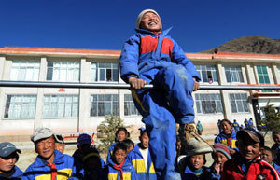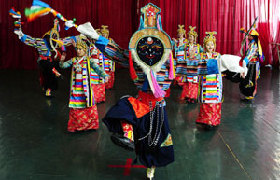|
Peaceful liberation: watershed of education for Tibetan people |
|
Before Peaceful Liberation: |
After Peaceful Liberation: The central government invested a huge amount of funds in education in Tibet, making Tibet the first place in China to enjoy free compulsory education in both urban and rural areas. The state has set up boarding primary and high schools in farming and pastoral areas, and covered all tuition as well as food and lodging expenses for students at the stage of compulsory education from Tibet's farming and pastoral families. |
|
Numbers |
|||
|
98.5 percent |
2,000 yuan | ||
|
92.2 percent |
1.01 billion yuan ($152 million) | ||
|
Six |
117 | ||
|
884 |
2.4 percent | ||
|
|
|||
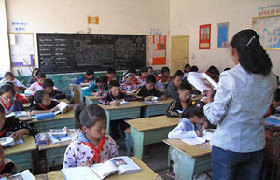 |
||
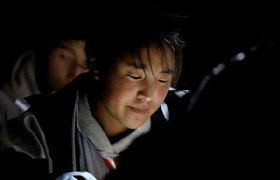 |
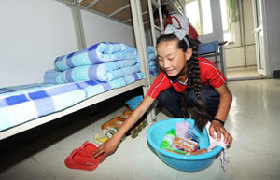 |
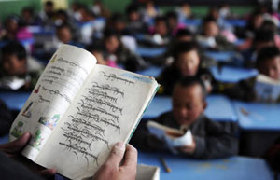 |
